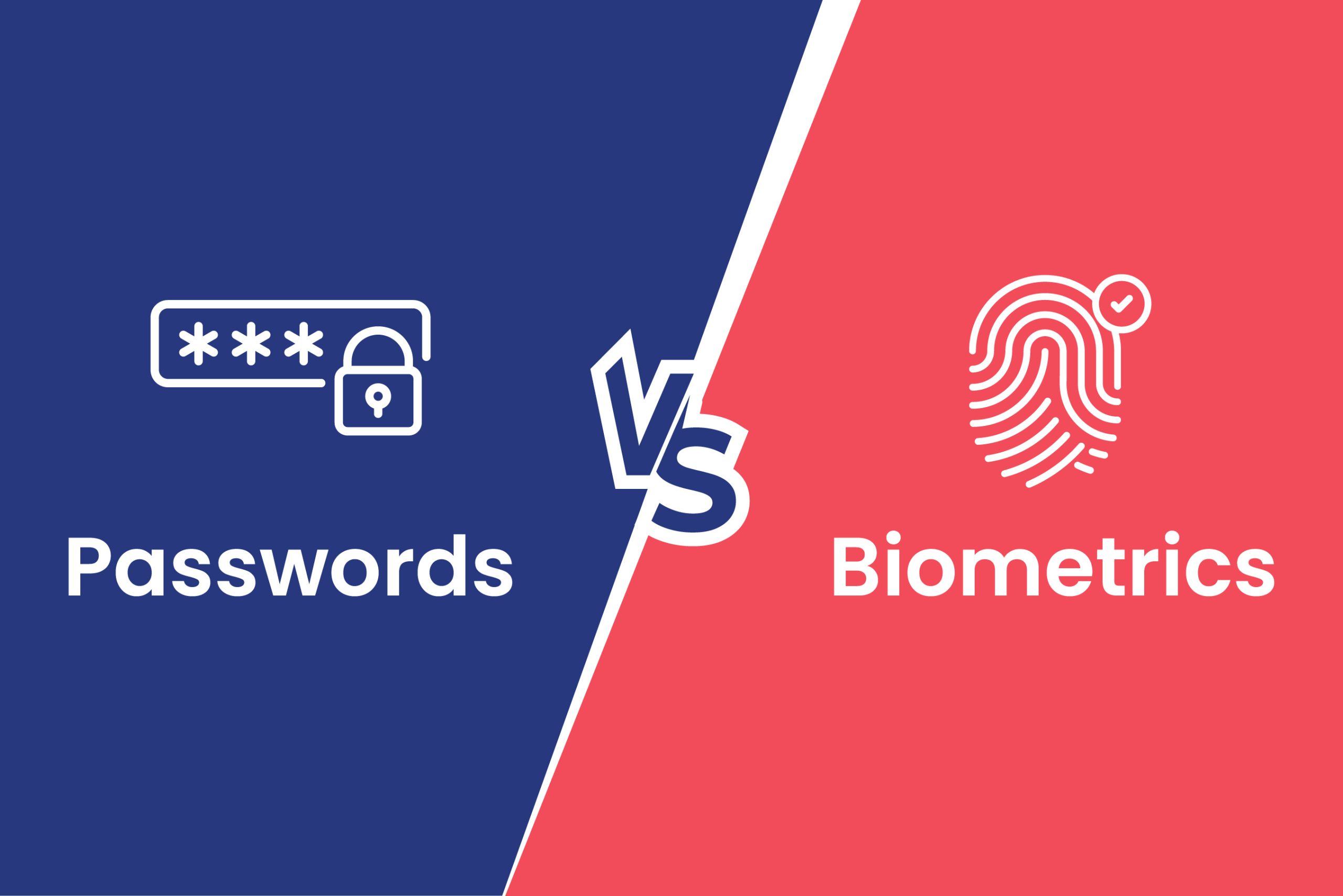In today’s world, AI, also known as artificial intelligence, is a new and emerging technology. AI has the potential to transform our world in numerous technological ways. We see several technologies involving and incorporating AI into their business structures as a result of its capabilities. By harnessing massive amounts of data and applying learned intelligence to make optimal decisions and discover new things in less time than humans, AI has the potential to significantly alter our world and the way we do things whether it be at home, work, or school.
What is AI?
Artificial intelligence (AI) is the use of systems and machines to mimic human intelligence. These systems and machines can perform tasks and improve themselves based on the information they collect. Some of the most common types of AI we see today are:
- Manufacturing robots – improves workplace functionality and increases production, packaging, and shipping without the need for manual assistance
- Online shopping – AI technologies are used by a variety of retail and e-commerce businesses to improve the customer experience.
- Chatbots – Using AI to understand the customer’s problem by collecting information and data about the problem and returning it to the customer, as well as providing efficient answers.
Simply put, AI is capable of thinking and analyzing data in a variety of formats and functions. Furthermore, AI enables us to create high-functioning, human-like robots that are extremely valuable and enhance human capabilities in any workplace.
Why is AI important?
As technology advances, artificial intelligence (AI) is rapidly expanding. Within our technological footprint today, both humans and machines generate a large amount of data. In the technological industry, we have reached a point where the amount of data collected is far too large to absorb, interpret, and/or make complex decisions on. However, artificial intelligence simplifies human data collection because AI is the foundation for all computer learning and the future of all complex decision making. How AI Technology can help your business:
Percentage of Executives Who Cite the Following as Benefits of AI

Applying AI in Cybersecurity
AI is well suited to solving some of our most difficult problems, and cybersecurity is certainly one of them. Machine learning and AI can be used to “keep up with the bad guys,” automating threat detection and responding more efficiently than traditional software-driven approaches in today’s ever-changing cyber-attacks and proliferation of devices. Simultaneously, cybersecurity presents some unique challenges:
- A massive attack surfaces
- Tens of thousands or hundreds of thousands of devices per organization Hundreds of possible attack vectors
- Significant shortages of skilled security professionals
- Massive amounts of data that have grown beyond the scope of a human-scale problem
Many of these issues should be addressed by a self-learning, AI-based cybersecurity posture management system. There are technologies available to properly train a self-learning system to gather data continuously and independently from across your enterprise information systems. This data is then analyzed and used to perform pattern correlation across millions to billions of signals pertinent to the enterprise attack surface.
AI in Cybersecurity Creating a New World
In recent years, artificial intelligence (AI) has emerged as a necessary technology for supplementing the efforts of human information security teams. Because humans can no longer scale to adequately protect the dynamic enterprise attack surface, AI provides much needed analysis and threat identification that cybersecurity professionals can act on to reduce breach risk and improve security posture. AI in security can identify and prioritize risk, detect malware on a network instantly, guide incident response, and detect intrusions before they occur. AI enables cybersecurity teams to form powerful human-machine partnerships that expand our knowledge, enrich our lives, and drive cybersecurity in ways that appear greater than the sum of its parts.














